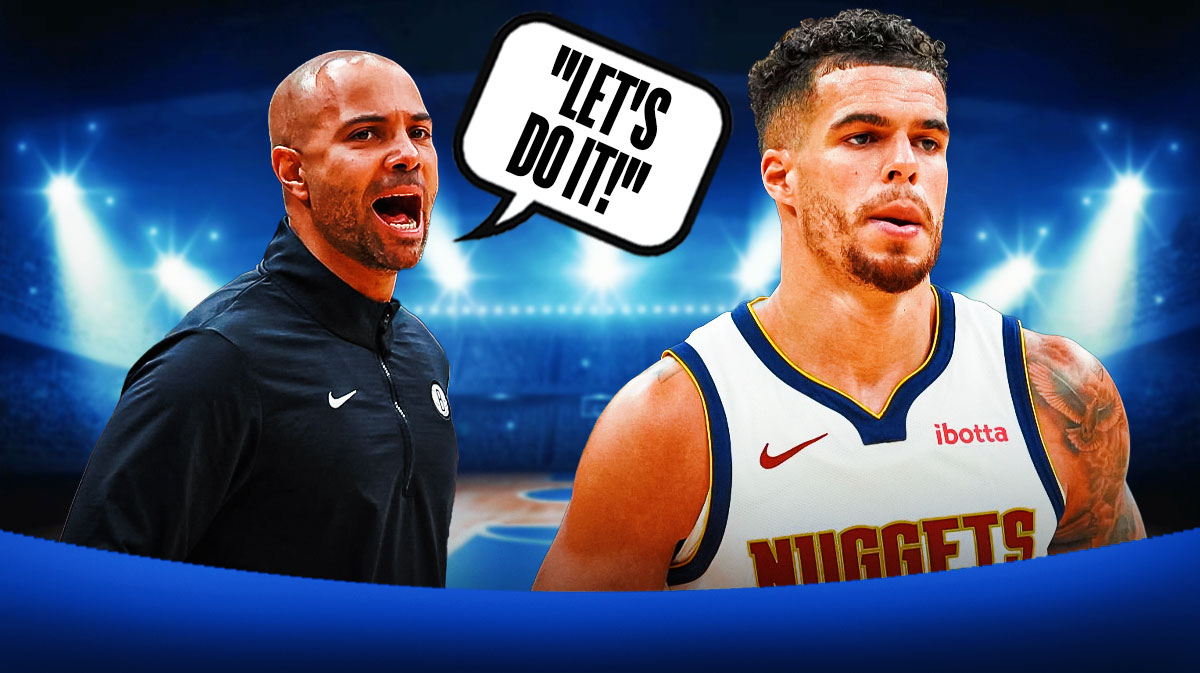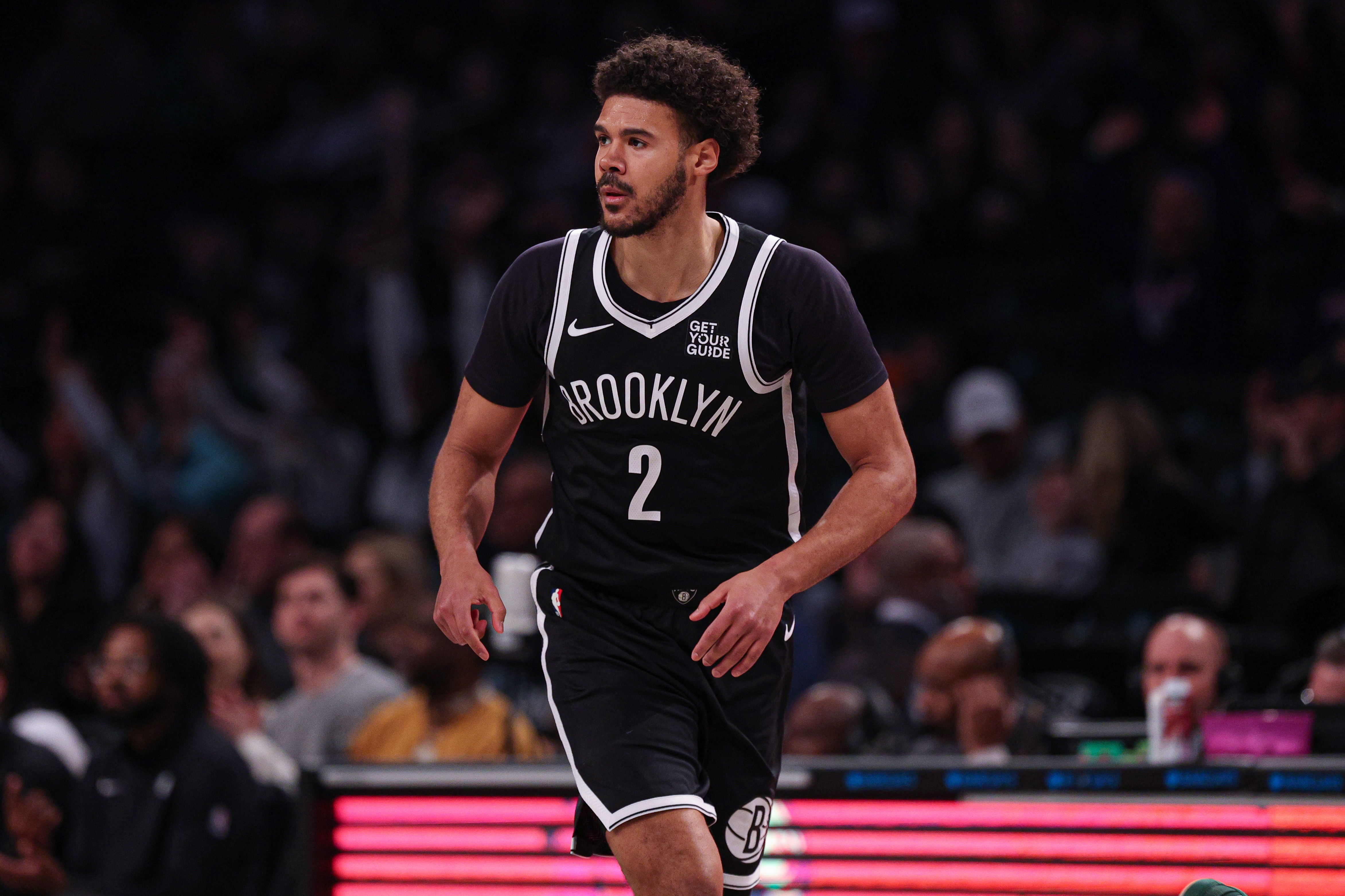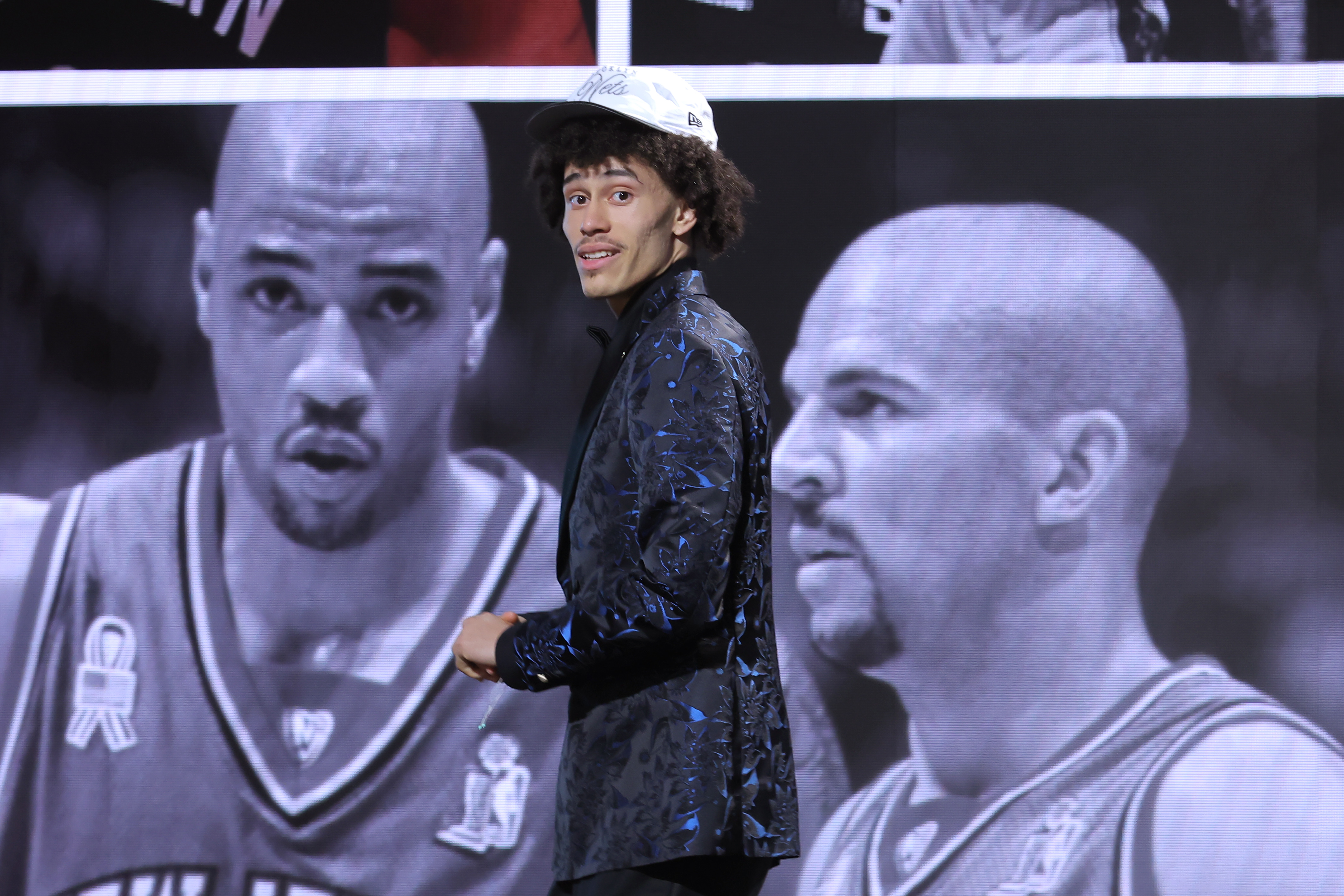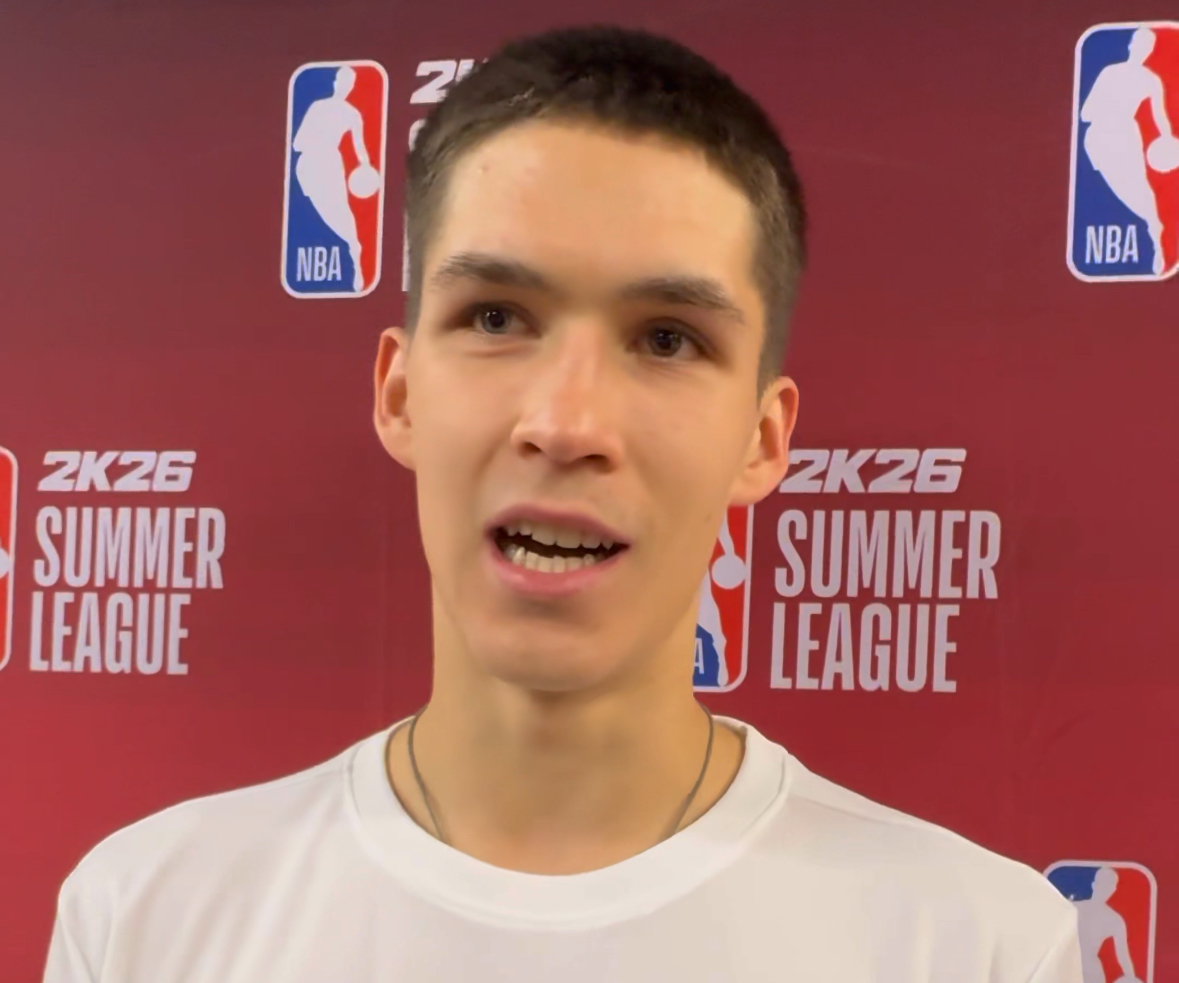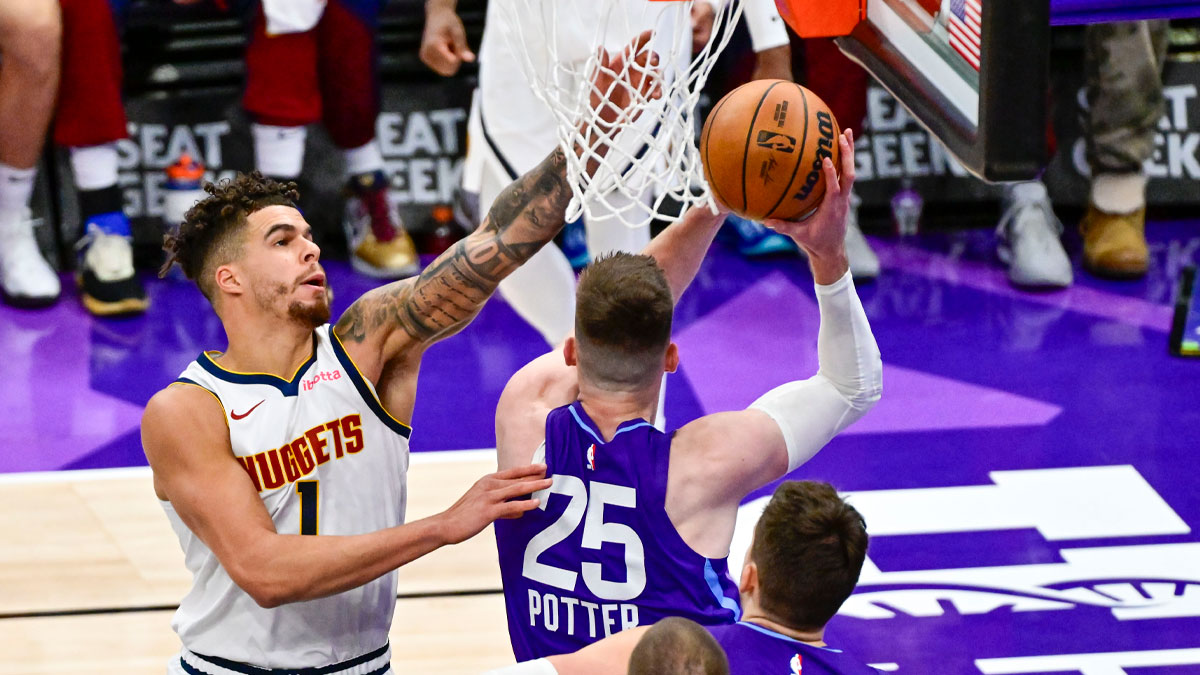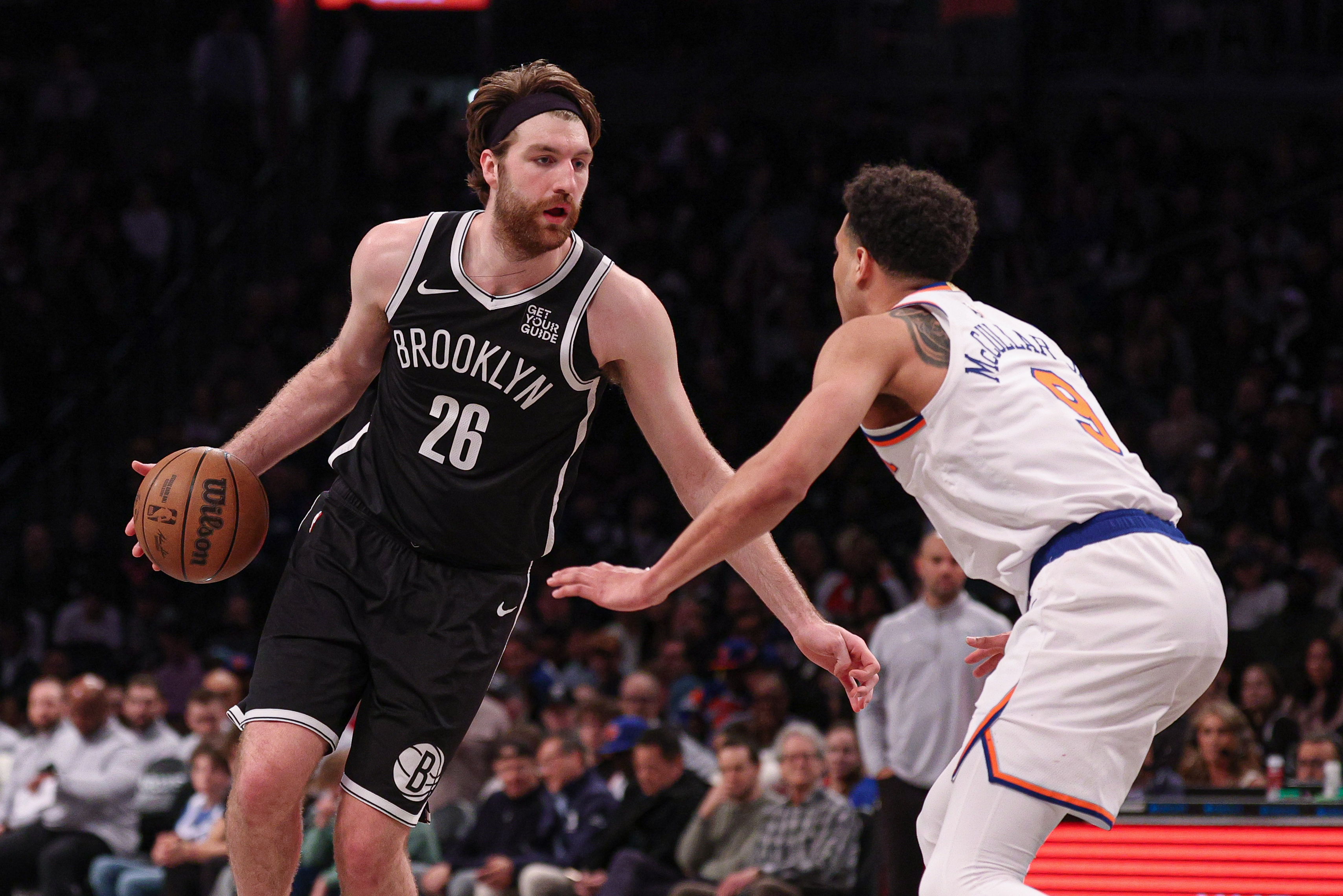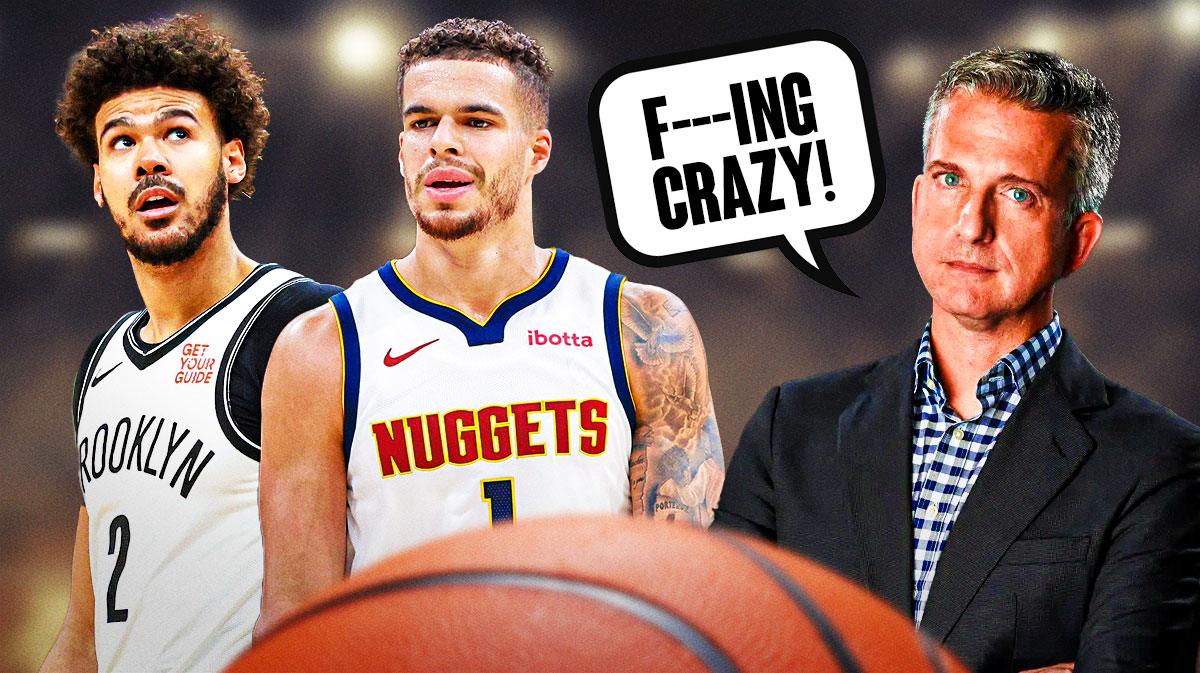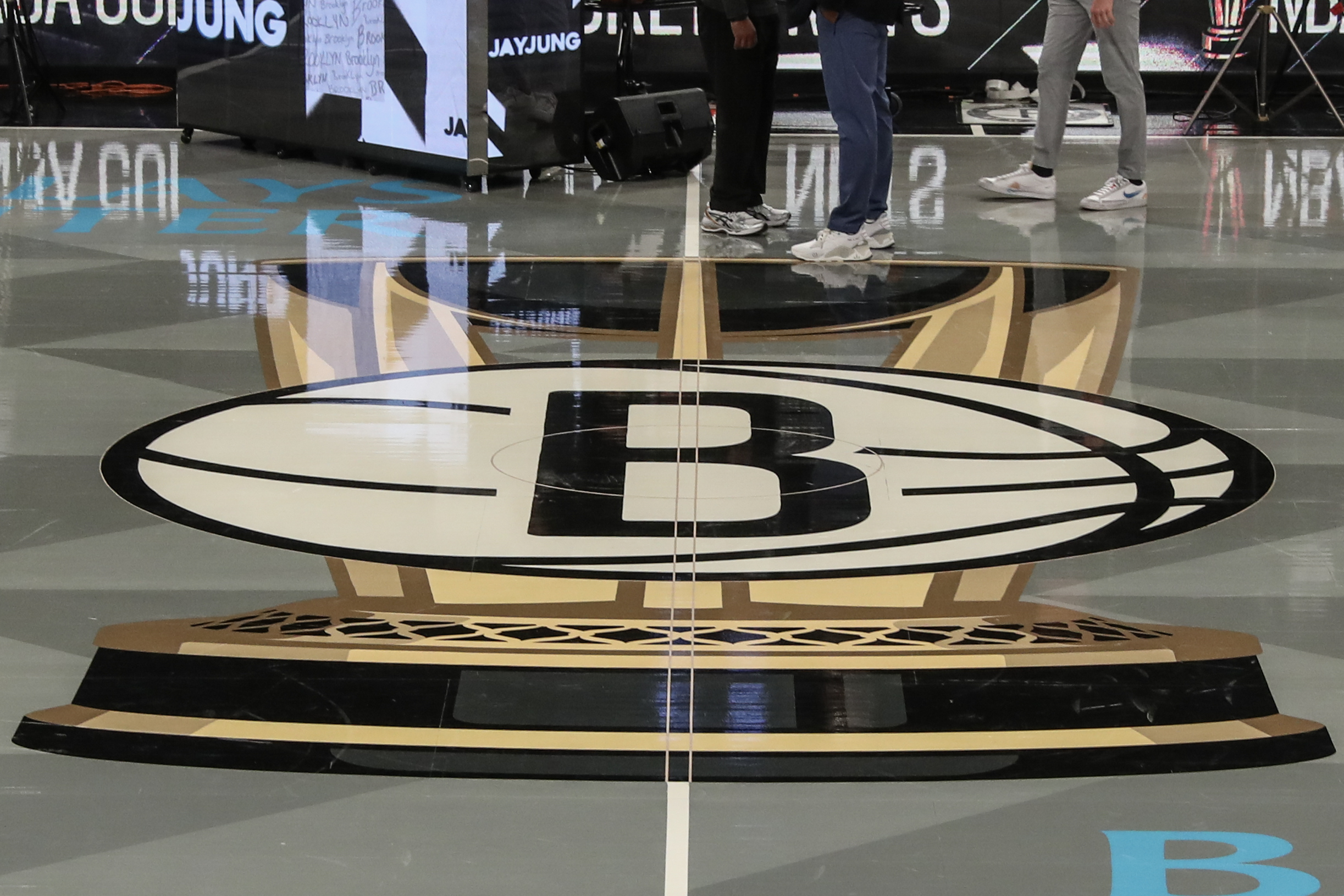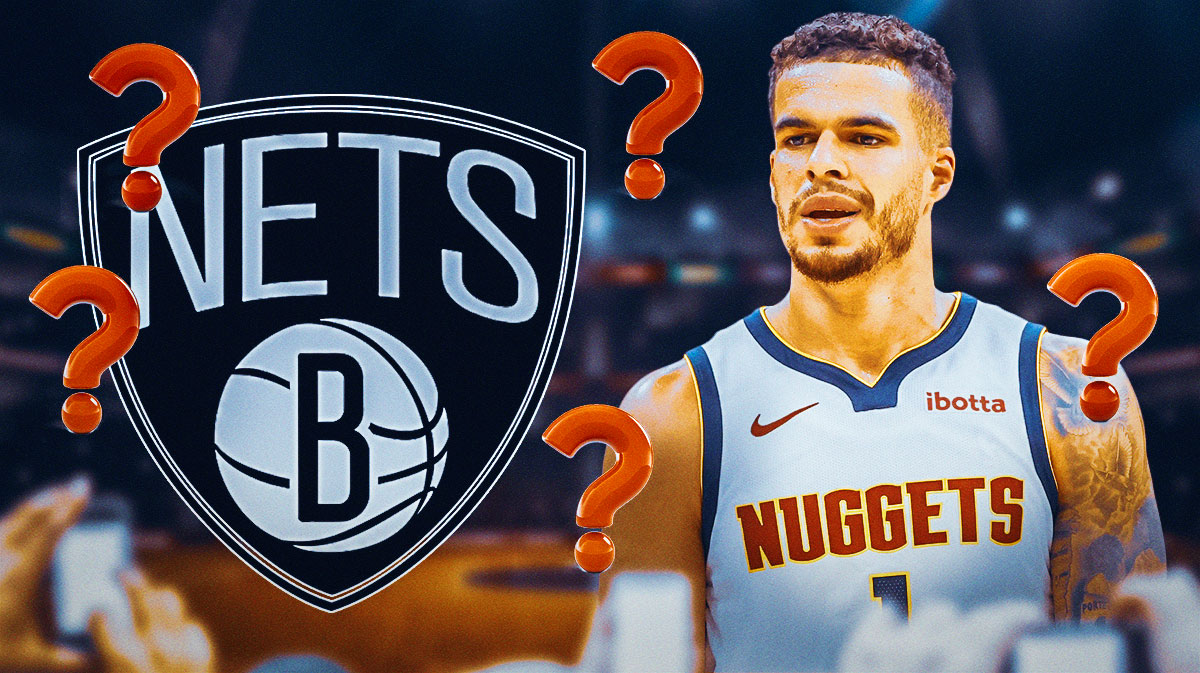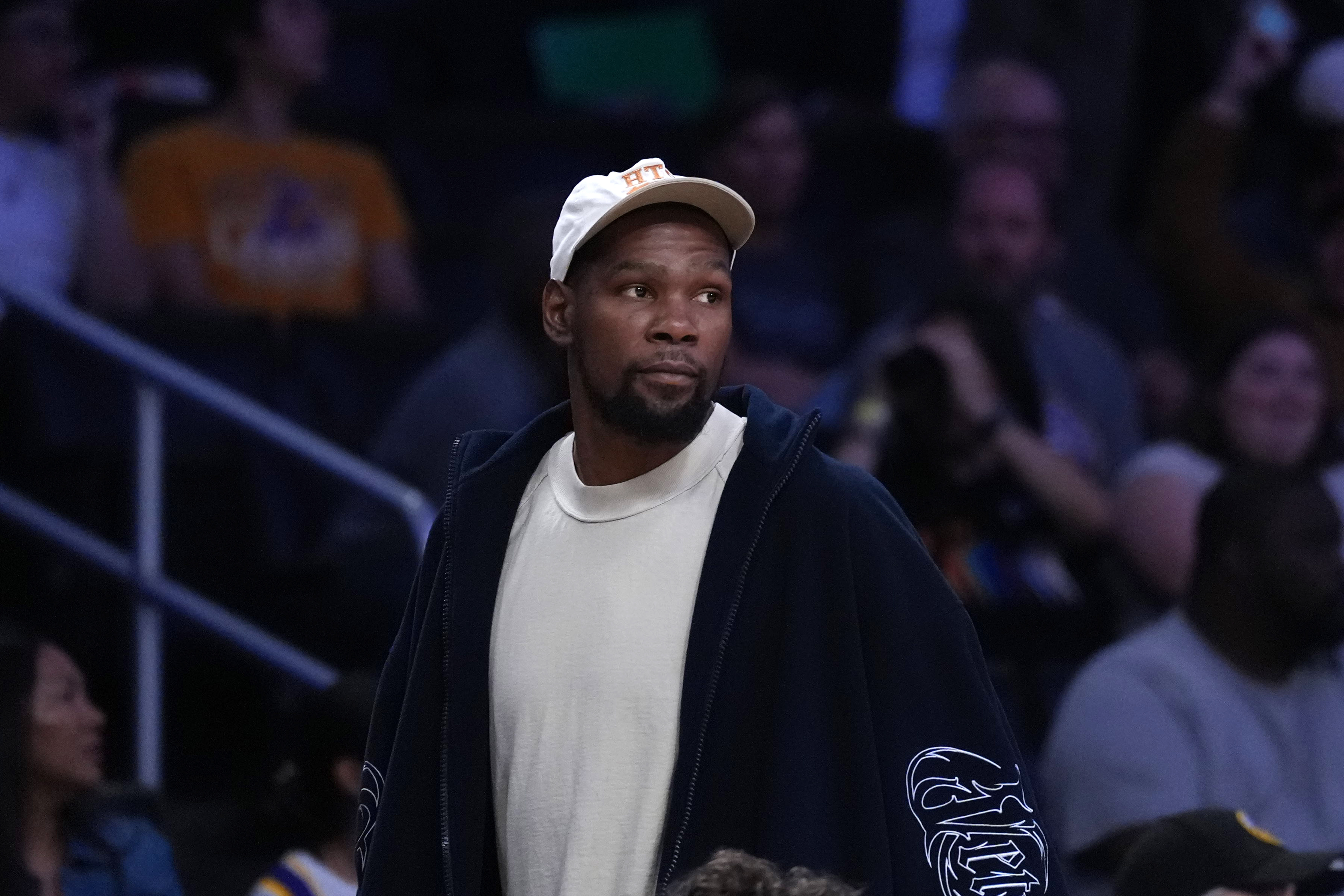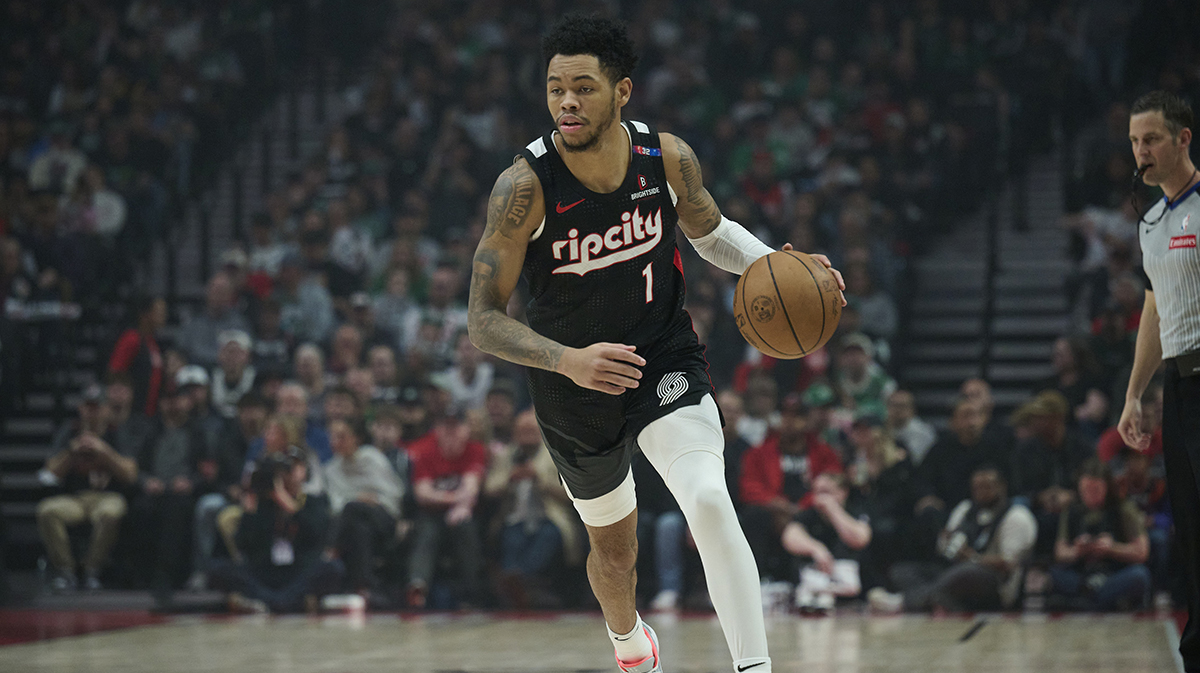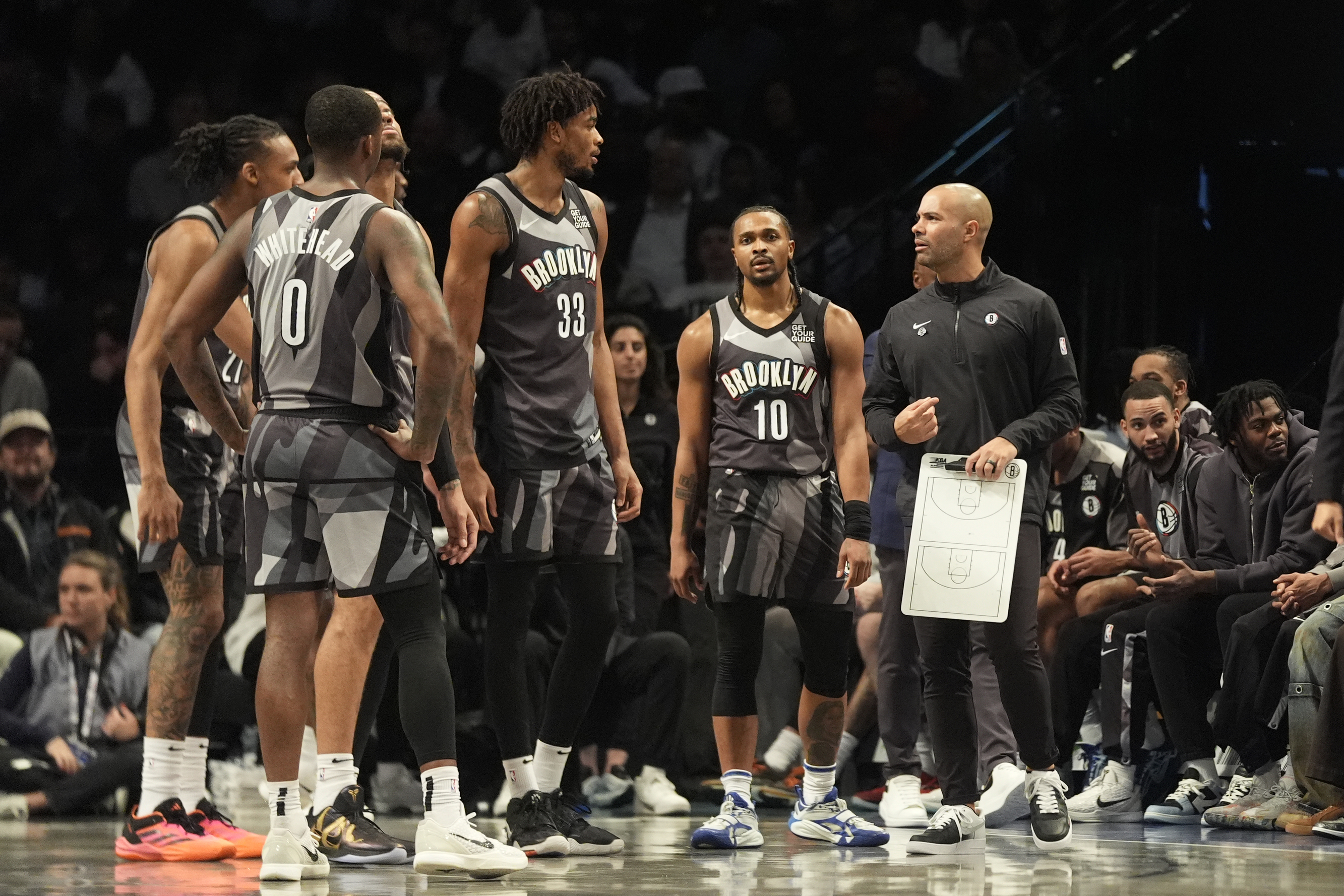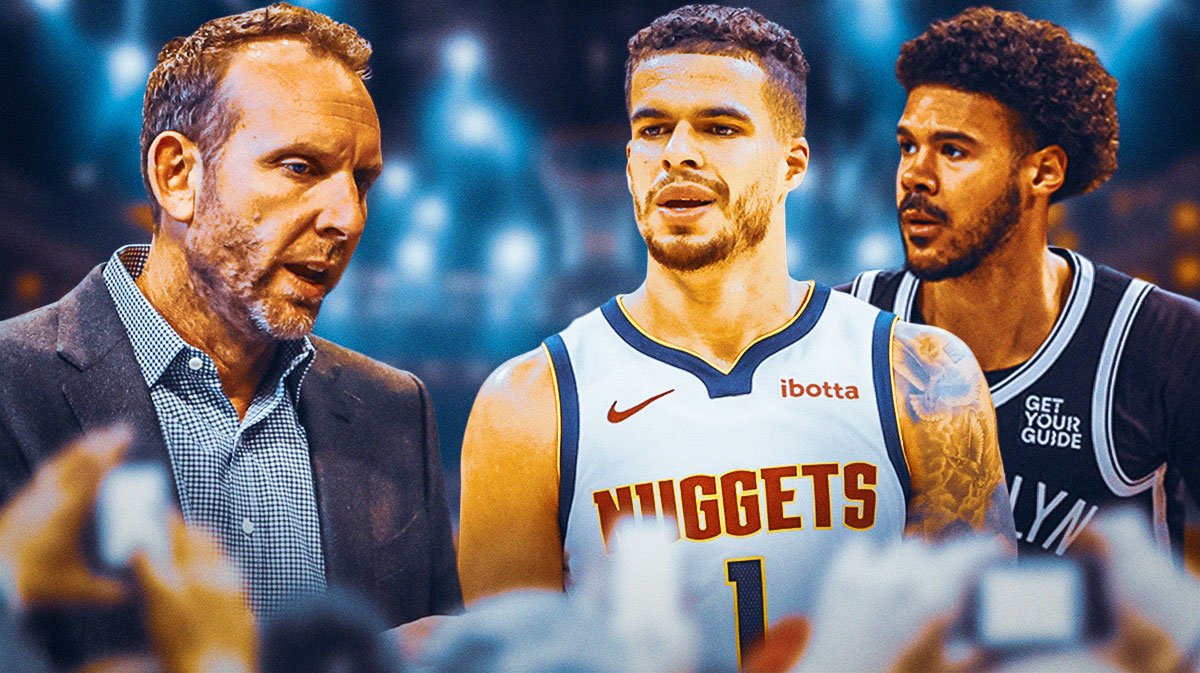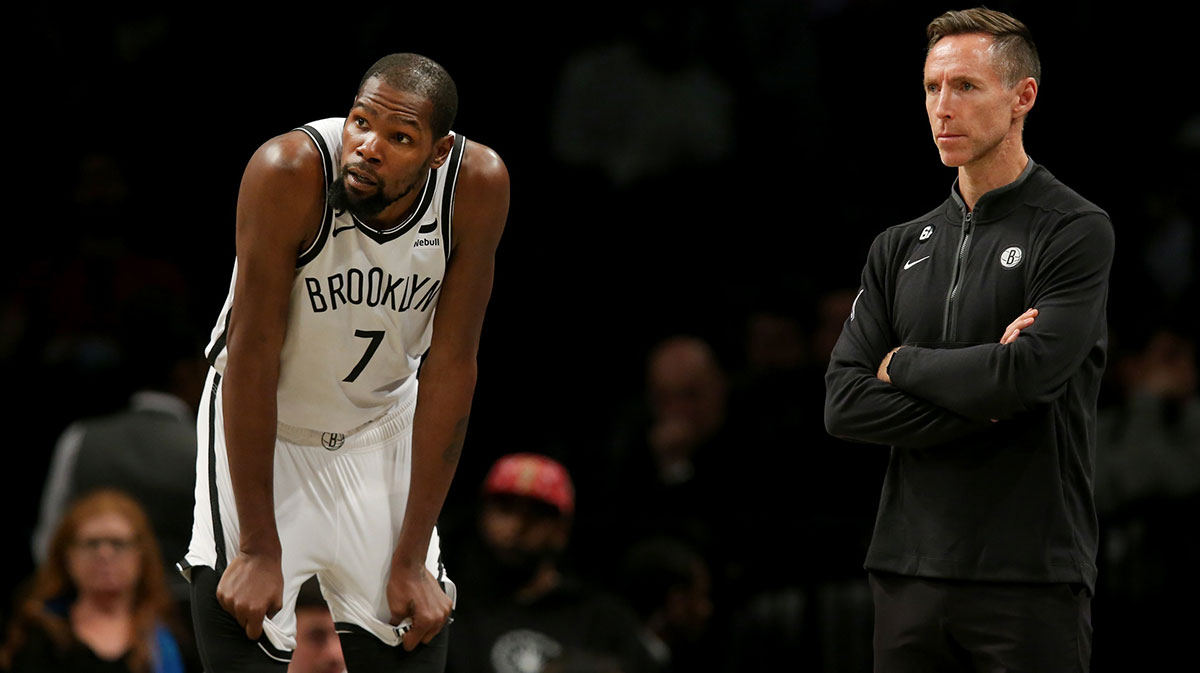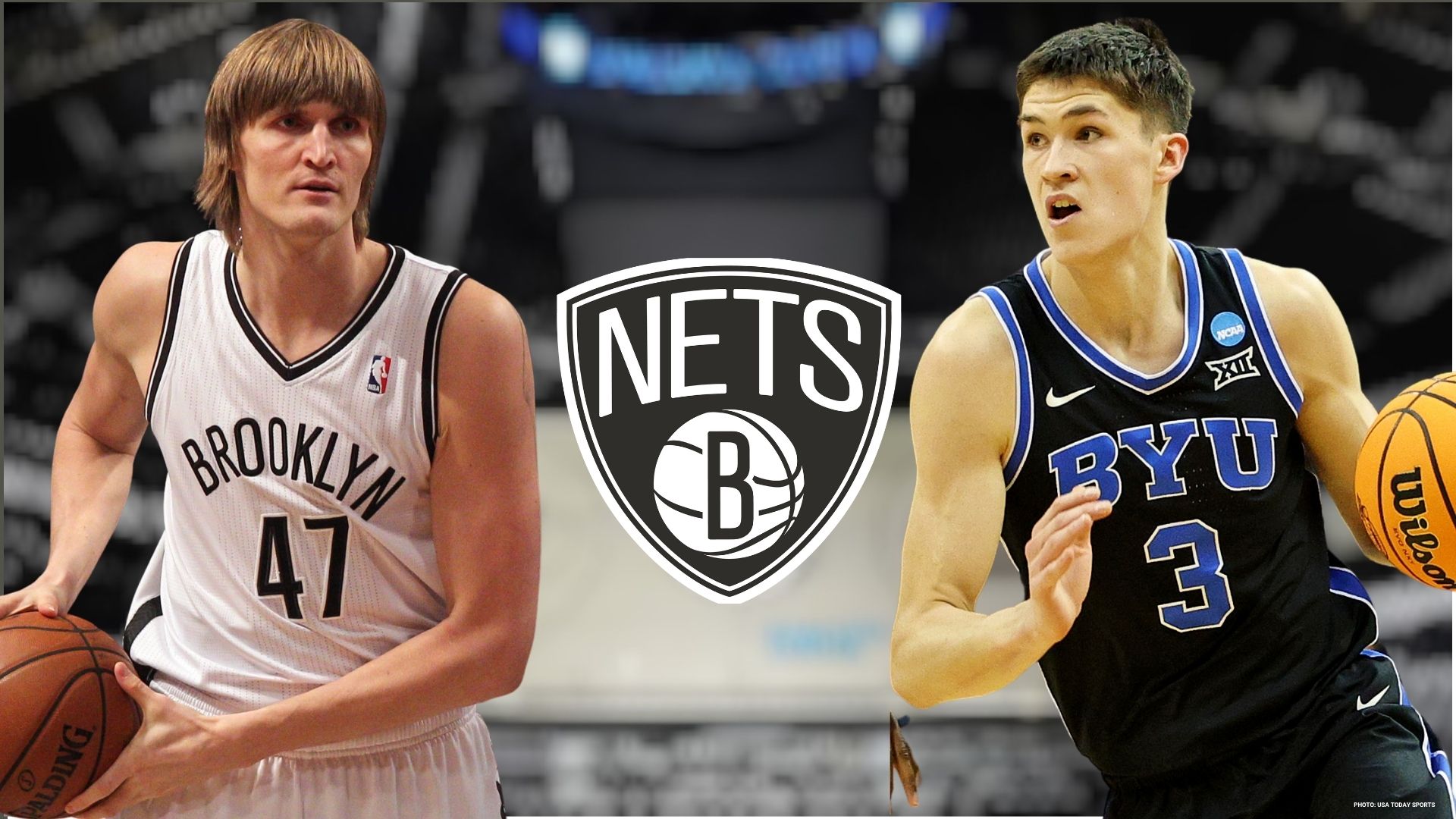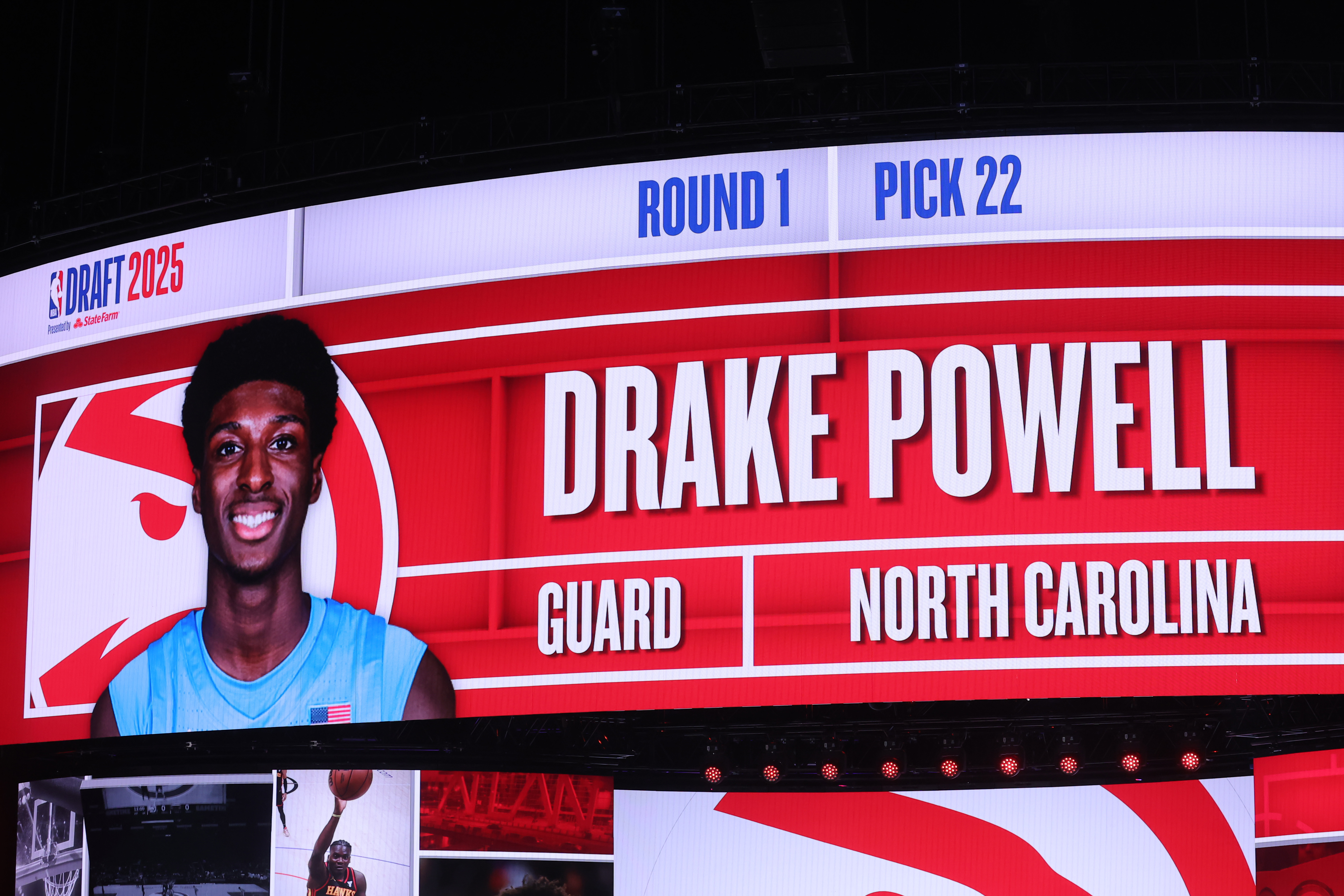Upon taking over the Brooklyn Nets' general manager job in February 2016, Sean Marks inherited what could charitably be called a nuclear wasteland. His predecessor, Billy King, had pissed away three unprotected first-round picks along with a first-round pick swap in the ill-fated trade for Kevin Garnett and Paul Pierce in 2013, condemning Brooklyn to a half-decade of misery.
After the Garnett-Pierce-Deron Williams-Joe Johnson core aged out in the mid-2010s, the Nets had nothing aside from Brook Lopez upon which to fall back.
In two years' time, Marks has done his damnedest to expedite the Nets' path back toward relevance. Rather than splurge on bloated long-term deals for role players, he's weaponized cap space in a variety of ways, with the latest example coming Thursday.

According to ESPN.com's Adrian Wojnarowski, the Nets agreed to send Jeremy Lin to the Atlanta Hawks for a 2020 second-round pick and the draft rights to Isaia Cordinier. In exchange for taking on Lin's $12.5 million salary, the Nets sent Atlanta a 2025 second-rounder and the right to swap 2023 second-rounders.
One minute after Woj broke the Lin news, he dropped a second bombshell: The Nets were absorbing the expiring contracts of Kenneth Faried and Darrell Arthur from the Denver Nuggets along with a 2019 top-12-protected first-round pick and a 2020 second-round pick in exchange for Isaiah Whitehead, who Denver is expected to waive. The deal allowed the Nuggets to duck under the luxury-tax threshold, while the Nets acquired future draft considerations by renting out their cap space for a year.
The pair of maneuvers once again underscored Marks' understanding of how best to steer out of Brooklyn's rebuilding skid.

“The teams with potential cap space shrink and shrink and shrink, so it’s not like last year when there were a couple dozen teams that could offer big salaries. It’s shrinking as it goes,” Marks told reporters in December 2016. “There’s no secret out there now. Every team knows we’ve got plenty of cash to spend and maneuver around. We’ll just be strategic in how we do it.”
In the summers of 2016 and 2017, Marks homed in on restricted free agency, throwing bloated offer sheets at Allen Crabbe, Tyler Johnson and Otto Porter Jr. It was a no-lose approach for the Nets, as they'd either secure the services of a promising young player or relegate a rival team to salary-cap hell. While Marks struck out on all three of Crabbe, Johnson and Porter, the Nets effectively eliminated the Portland Trail Blazers, Miami Heat and Washington Wizards as free-agent competitors down the line.
“It’s definitely a tool that we have in our toolbox here,” Marks added in December 2016. “The fact that we have cap space, and the cards have fallen the way they have, we’ll obviously continue to try and be as aggressive and creative as we can in building this team; and if that means going through restricted free agency, that’ll be the path we go through.”

In the meantime, Marks also weaponized cap space much as he did Thursday, accepting undesirable contracts so long as they came attached with future picks and/or prospects. Leading up to the 2017 draft, he sent Brook Lopez and the No. 27 pick to the Los Angeles Lakers in exchange for 2015 No. 2 overall pick D'Angelo Russell and Timofey Mozgov's albatross of a contract. A few weeks later, the Nets absorbed the remaining two years and $30.2 million on DeMarre Carroll's contract from the Toronto Raptors, who sent them a 2018 lottery-protected first-round pick and a second-rounder as compensation.
And like he did with Lin on Thursday, Marks hasn't hesitated to slough off veterans to restock his war chest of draft picks and prospects, either.
Months after taking over the team, he shipped Thaddeus Young to the Indiana Pacers for the draft rights to Caris LeVert (No. 20 in 2016) and a protected second-rounder. The following February, he sent Bojan Bogdanovic to the Washington Wizards for a lottery-protected first-round pick (that would eventually turn into Jarrett Allen) and salary filler. This past December, he flipped Trevor Booker to the Philadelphia 76ers for 2015 No. 3 pick Jahlil Okafor, 2014 No. 8 pick Nik Stauskas and a 2019 second-rounder.

Because the Nets have been without their own picks in each of the past three years—all of which finished among the top eight, mind you, including the No. 1 overall pick in 2017—it forced Marks to get creative. He couldn't pull off a multiyear tank like the Process-era Sixers since he didn't have the draft incentive to do so. He had to take fliers on reclamation projects like Russell, Okafor and Stauskas and sign cast-offs such as Lin and Booker in hopes they would rebuild their trade value by padding their stats in an uptempo system.
It's unclear whether the Nets plan to keep Faried and Arthur or if they'll begin buyout negotiations, but it's effectively inconsequential either way. Both players' contracts expire following the 2018-19 season, so Brooklyn did nothing to jeopardize its long-term cap space.
Since the Nets weren't likely to go after more free agents this summer, burning their remaining cap room to pick up additional draft picks was the best possible outcome.

In essence, Marks and the Nets have been running a four-pronged strategy over the past two-plus years.
- Keep cap space available for salary dumps.
- Screw with rival teams' cap space by lofting bloated offer sheets to RFAs.
- Sign veterans to short-term contracts that can later be used as salary filler.
- Trade veterans for picks and/or prospects whenever possible.
Unlike the Underpants Gnomes‘ approach, Marks' plan appears to be paying dividends already.
Now that the Nets control all of their future first-rounders, don't be surprised if they begin to surge up the Eastern Conference standings in the coming years.
Unless otherwise noted, all stats via NBA.com or Basketball Reference. All salary information via Basketball Insiders.

